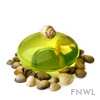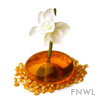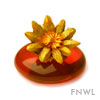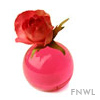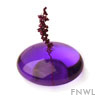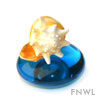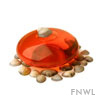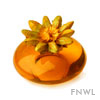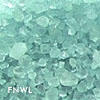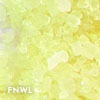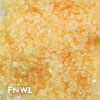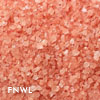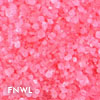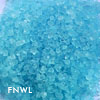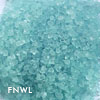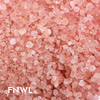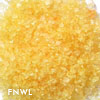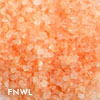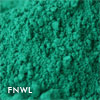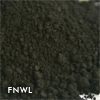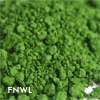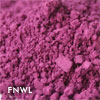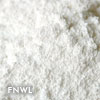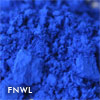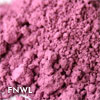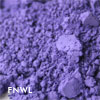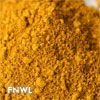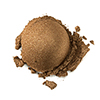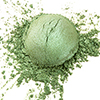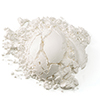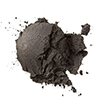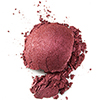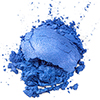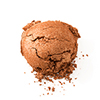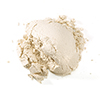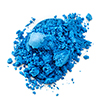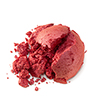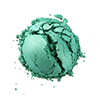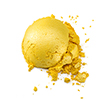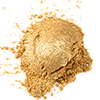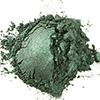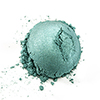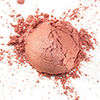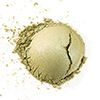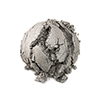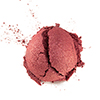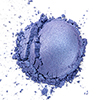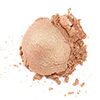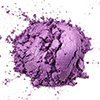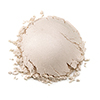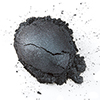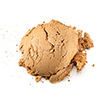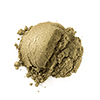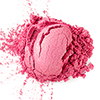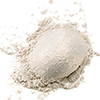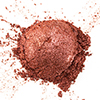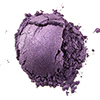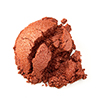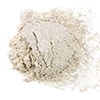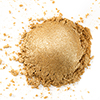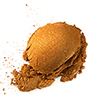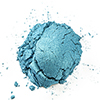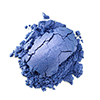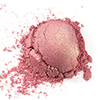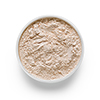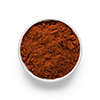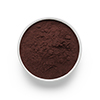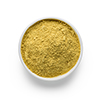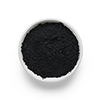Color AdditivesFD&C and D&C Colorants:
Our Water Soluble Liquid Dyes are highly concentrated FD&C and D&C dyes. Please carefully read each description to ensure that you select the most appropriate colorant for your formulation. Dyes are not always stable in alkaline formulations and may fade in soaps. Please test dyes in your products to see if they will remain stable over time. Please visit the Color Additive Usage Guide to determine which color additives are safe to use for your particular application.
Our Water Soluble Powder Dyes are highly concentrated FD&C and D&C dyes. Please carefully read each description to ensure that you select the most appropriate colorant for your formulation. Dyes are not always stable in alkaline formulations and may fade in soaps. Please test dyes in your products to see if they will remain stable over time. Please visit the Color Additive Usage Guide to determine which color additives are safe to use for your particular application.
Our Oil Soluble Liquid Dyes are highly concentrated D&C dyes. Please carefully read each description to ensure that you select the most appropriate colorant for your formulation. Dyes are not always stable in alkaline formulations and may fade in soaps. Please test dyes in your products to see if they will remain stable over time. Please visit the Color Additive Usage Guide to determine which color additives are safe to use for your particular application.
Our Oxides and Ultramarines are inorganic pigments that can be used within a variety of personal care formulations. Please read each description or visit the Color Additive Usage Guide to identify which pigments are safe for your particular application. With the exception of our Water Dispersible Titanium Dioxide, all of the below pigments must first be dispersed in oil prior to incorporation into your batch or product. These pigments will not work in water-based formulations or in body oils or other low viscosity formulations.
Pearlescent Micas are used to add color and sheen to beauty, cosmetic and personal care products. They are primarily used in the formulation of lipsticks, blushes and eye shadows. They are also widely incorporated into loose mineral make-up. Virtually any shade of mineral make-up can be achieved by combining different shades of micas. Other pigments and additives can be used to darken or lighten colors and to create mineral make-up bases. Micas can also be used to color lip balms, bath salts, bath bombs, creams, lotions, shampoos, conditioners, soaps (check for color fading possibility in a small batch first), lotions bars, body gels, body powders and milk baths. Pearlescent Micas use light reflection, refraction, and transmission to exhibit their effects much like a prism creates various colors as light passes through it. They are made by coating small platelets of mica with various dyes and pigments. The size of the mica particle is measured in microns and determines the luster of the mica (the ability of the mica to bend and reflect light). The product description for each mica includes the particle size range. The smaller of the 2 numbers (in microns) refers to the smallest particle size, and the larger number refers to the largest particles. The overall visual size of the mica will be an average of the two numbers. Smaller sizes exhibit a pearlescent effect with a smooth sheen. Medium size particles lend a satin effect. Large particle sizes offer a sparkle-like effect. The smaller the particle size is, the more opaque it will make your product. Fine micas can be used to opacify transparent soaps. Some Pearlescent Micas are first coated with an iron oxide that absorbs light and is then coated with an interference color to reflect light. The result is a two-tone mica that changes color as it turns. Due to their weight Pearlescent Micas may settle out in low viscosity formulations. To incorporate them into soaps, pour your soaps at cooler temperatures, as they will then suspend the micas better. To achieve the true effect of a mica in soap, the particles need to be aligned in the same direction. Using a spatula, try pouring your soap and then "combing" the surface of the soap in one direction. You will get different results when you add micas to colored verses non-colored soaps. A background color enhances the effects of the mica. To add Pearlescent Mica Powders to a liquid formulation, first disperse the mica in a small amount of oil and then add the colored oil to the batch once all the clumps are broken up. Micas are easily stirred into dry salts and powders. Please be sure to heed the "Not Safe for Lips" and "Not Stable in CP (Cold Process) Soap" precautions. Visit the Mica Safety Chart to determine which micas are safe to use for your particular application.
Please check the boxes to find color additives for your specific needs:
|
Do You Have Product Questions?

"My goal is to empower every customer with the knowledge they need to make informed and confident product decisions."


Clicking the button above should open your email application.
If it doesn’t, you can reach Kelly directly at productsupport@fromnaturewithlove.com.
Kelly Owens has been an integral part of From Nature With Love since 2014. With a diverse background spanning product qualification, customer service, and marketing, Kelly also brings extensive expertise as a highly skilled soap maker and personal care product formulator. Her deep understanding of ingredient synergy and her creative approach to formulating have made her an invaluable resource for our team and our customers.
KELLY OWENS, PRODUCT QUALIFICATION AND FORMULATION SUPPORT
“Your product quality and prices are absolutely superb.”
“I just wanted to write to say thank you. I have been purchasing products from your Web site for quite a while. Your product quality and prices are absolutely superb.”
Jamie Welton, Newport Beach, CA

